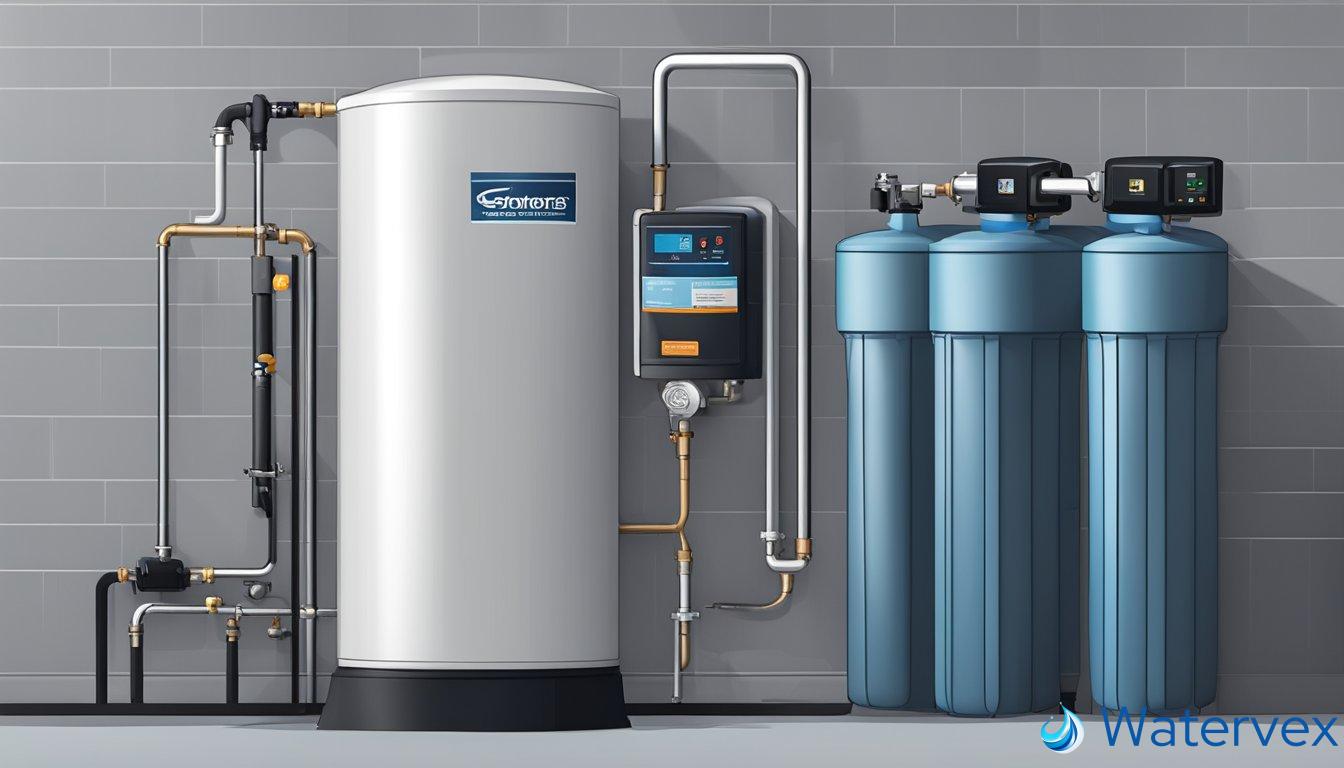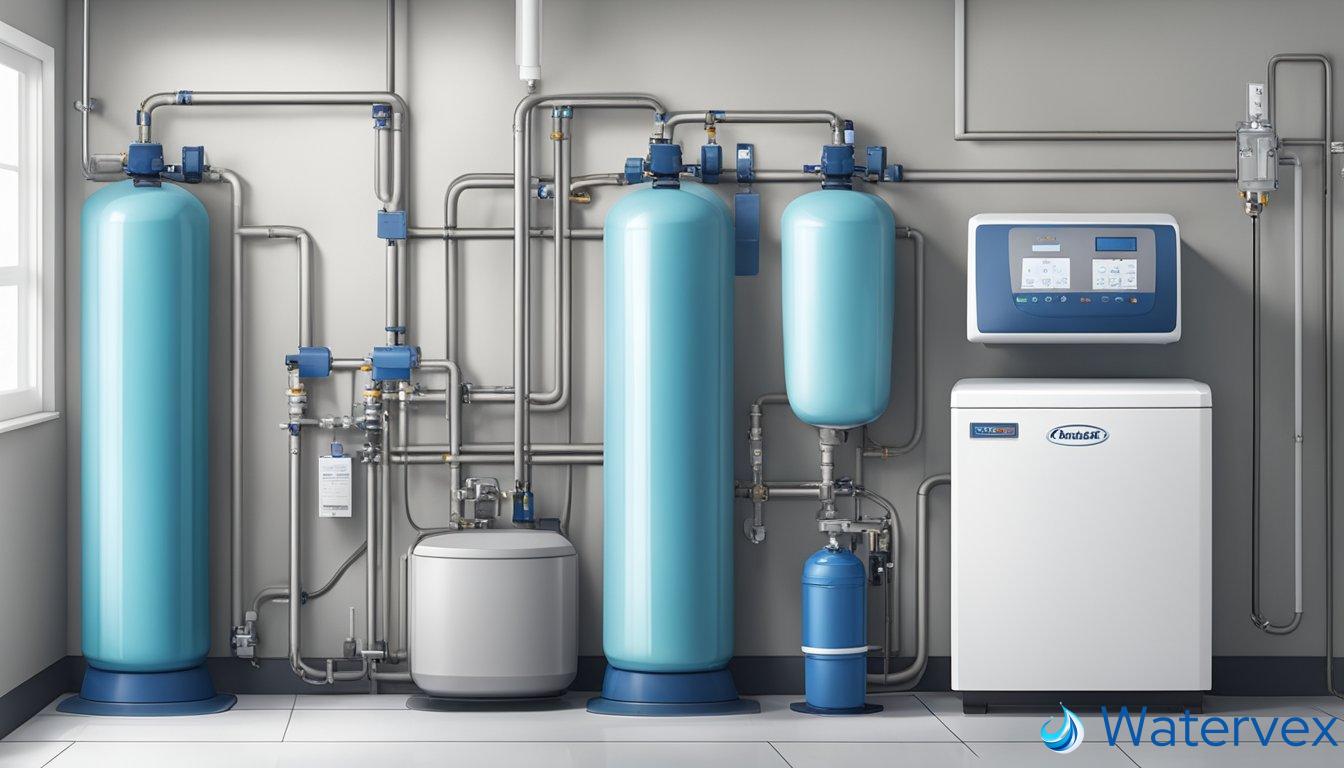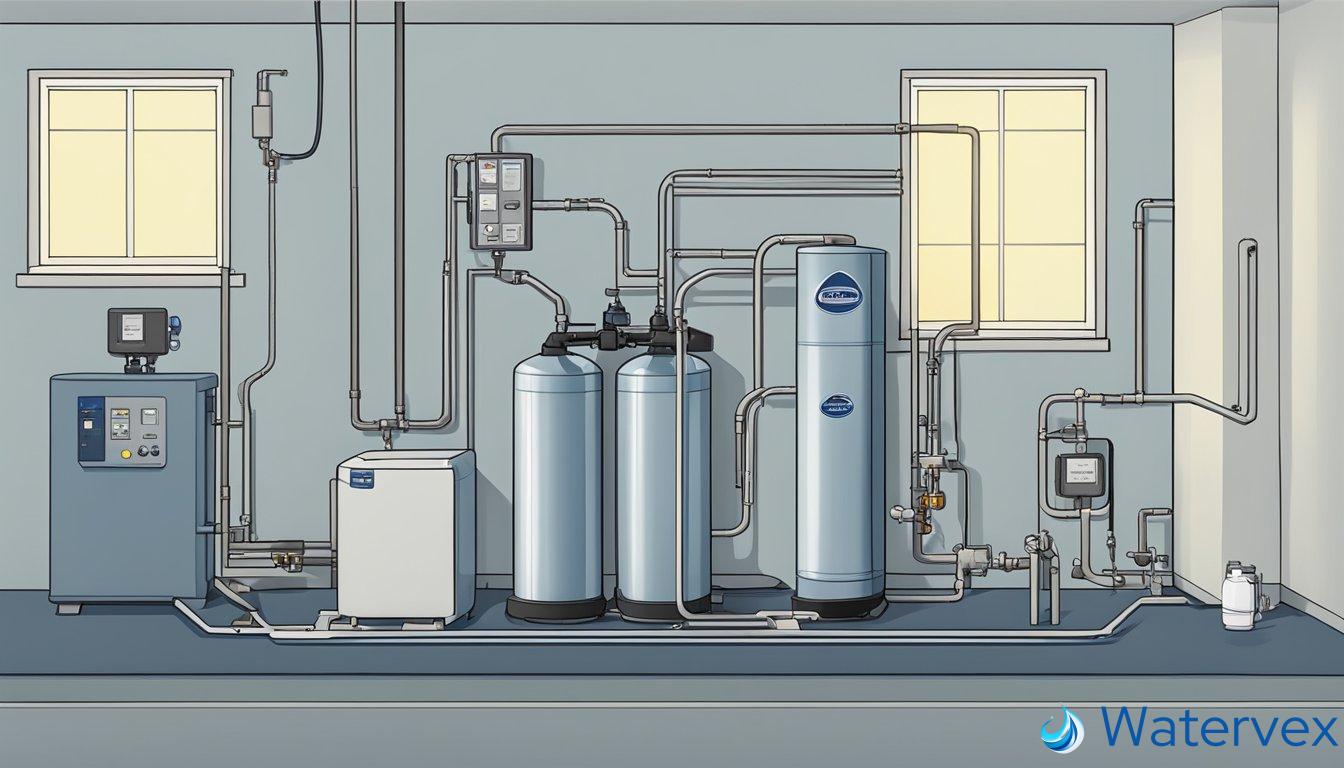When a power outage strikes, your water softener can be one of the many casualties in your home. You may find that once the power comes back, your water softener isn’t functioning as it should. This could lead to a sudden return of hard water streaming from your faucets, which is less than ideal for your household chores, your appliances, and even your skin and hair. Understanding the impact of a power outage on your water treatment system is crucial to getting things back to normal.

Power outages can disrupt the regeneration cycle of your water softener, a process vital for it to continue producing soft water efficiently. Without regeneration, calcium and magnesium – the culprits behind hard water – are not adequately removed, compromising the system’s efficiency. After power is restored, a reset of the system is often necessary to resume normal operation. Knowing the steps to restart your water softener and recognizing common issues can save you from unwelcome hard water symptoms.
Key Takeaways
- A power outage can cause a water softener to stop working, necessitating a reset.
- Disruption in regeneration cycles during outages affects water softener efficiency.
- Post-outage, troubleshooting common issues helps restore proper function.
Why Isn’t My Water Softener Functioning Post-Power Outage?
When a power outage strikes, it can disrupt the complex systems managing your water softener, preventing it from functioning properly upon the return of power.
Checking for Common Issues and Assessing Damage
First, you should inspect the brine tank and resin tank for any signs of malfunctions or damage. Make sure the brine tank has the correct level of salt, and there are no obstructions in the lines. Bypass valves might have tripped, so confirming they are in the correct position is crucial.
Regarding the control panel and settings, they often revert to default after a power outage. This could interrupt scheduled regenerations, leaving your water hard. Examine the clock and settings, resetting them according to your user manual if necessary.
Power surges associated with outages can damage electrical components. Check if there’s a blown fuse or tripped circuit that’s affecting the electricity supply to the unit.
Understanding Power Outages’ Impact on Water Softeners
Power outages can cause water softeners to lose their electrical memory. The unit’s internal clock may reset, disrupting the timing of its regeneration cycles. This is crucial as the system relies on these cycles to replenish the resin beads that pull calcium and magnesium from your water.
If your plumbing fixtures show signs of hard water soon after an outage, this is a red flag. The reset process may need to be initiated to address this issue – refer to the user manual for guidance on resetting your specific model.
Remember, after a power outage, bacteria growth in the system can be a concern. If you notice any changes in water taste or quality, a more thorough cleaning process might be required to ensure the resin tank is free from contaminants.
What Steps Should I Take to Reset My Water Softener?

In the unsettling event of a power outage, your water softener settings can get disrupted. Resetting them is crucial to return to normal operation and maintain the effectiveness of your water treatment system.
Step-by-Step Resetting Instructions
Step 1: Manual Check
Locate your user manual, as it will provide model-specific resetting instructions. If you’ve misplaced it, many manufacturers offer online versions.
Step 2: Power Cycle
Often, simply power cycling the unit can resolve issues. To do this, disconnect the water softener from its power source, wait a few minutes, then reconnect. This can help the system’s internal clock and settings recalibrate.
Step 3: Access Customer Settings
Using the control panel, navigate to the customer mode or settings menu. This allows you to adjust the time settings to ensure the system regenerates at the correct times.
Step 4: Reset Schedule and Clock
Update the regeneration schedule and correct the clock. Power outages often reset these to default, impacting your water softener’s efficiency.
Step 5: Factory Settings
If the issue persists, you might need to restore factory settings. Be cautious—this will erase all your custom settings. Once done, you’ll have to re-enter your preferences.
Step 6: Troubleshoot
Should problems continue after you’ve attempted a manual reset, consider troubleshooting further issues or contact customer support for expert guidance.
By following these steps carefully, you can typically get your water softener up and running again after it stops working due to a power outage. If you’re unsure about any step, seeking the advice of a professional is advisable to avoid potential damage to your unit.
Are There Common Issues to Look for After Power is Restored?

Power outages can disturb the function of your water softener, possibly leading to a range of issues affecting water quality and system performance. When power is restored, immediate checks on your system can help prevent prolonged disruptions.
Troubleshooting Frequent Regeneration and Salt Issues
If you notice your water softener initiating more regeneration cycles than usual, first check for error codes that could indicate malfunctions. Ensure that the regeneration time is set correctly since power outages can reset clocks. For instance, a demand-initiated water softener should regenerate based on water usage, but if schedules are thrown off, it could trigger unnecessary cycles.
Next, inspect your salt tank for commonly overlooked problems such as salt bridges or salt mush, which can interrupt brine solution creation. A salt bridge forms a hard crust, preventing salt from dissolving into the water, which is a necessary step for the regeneration process. Break up any visible bridges or mush for the system to regain optimal performance.
Identifying and Resolving Water Flow Discrepancies
After a power outage, you might experience changes in water flow or water hardness. Firstly, verify that the bypass valve is in the correct position and not causing reduced water flow, a mistake easy to overlook.
Check if the settings for hardness and salt level are accurate, as they could reset to a default state post-outage. If you find your water is harder than it should be, recalibration could be necessary. For improved water quality, ensure these settings match your home’s water usage and hardness levels. Additionally, look inside the brine tank to confirm there’s no blockage in the hose from accumulated sediment or residuals, which could impact the regeneration cycle and the overall efficacy of your system.

